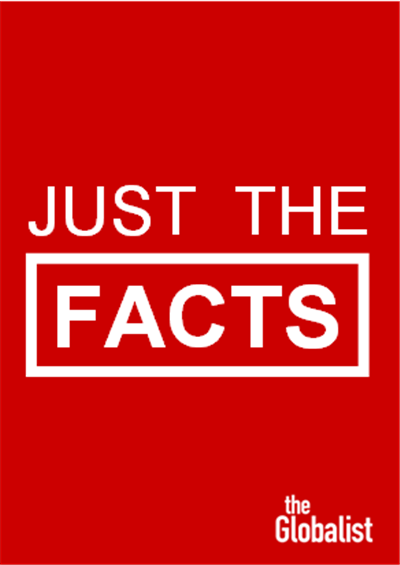The Women’s Education Gap is Nearly Closed
Health outcomes are even closer but moving in the wrong direction.
March 14, 2018

1. The global gender gap in education will reach parity soonest, relative to other issue categories such as health outcomes and political representation.
2. Based on the rate of progress achieved since 2006, it could close in just 13 years from now.
3. This indicator covers overall literacy rates, the net enrollment rates for primary school and secondary school as well as “tertiary” (university-level) education enrollment.
The Women’s Education Gap Is Nearly Closed
Western Europe: The Fastest-Closing Gender Gap
4. Once the gap closes, the performance for women and girls will at least be at par with the respective statistics for men and boys.
5. Improvements in educational attainment are key determinants for a country’s long-term economic prospects, its fertility rate and people’s income prospects.
6. These projections come from the World Economic Forum’s 2017 report. It examines a range of key inequities between women and men by issue and region.
7. The annual report has tracked 106 countries continuously since first issued in 2006 and now monitors 144 countries altogether.
8. 34 countries have completely closed the education gap already (or have more educated women than men).
9. The lowest-ranked country is Chad, in Central Africa, with women less than 60% on the way to parity.
10. Currently, the education gap at the global level is 95% closed. That is second only to the women’s health and survival gap.
11. The latter is 96% closed (measured on the baseline variables of sex ratio at birth and expected years of healthy life compared to men).
12. Unlike education, that gap has widened over the past 10 years, rather than closing.
Sources: World Economic Forum, The Globalist Research Center